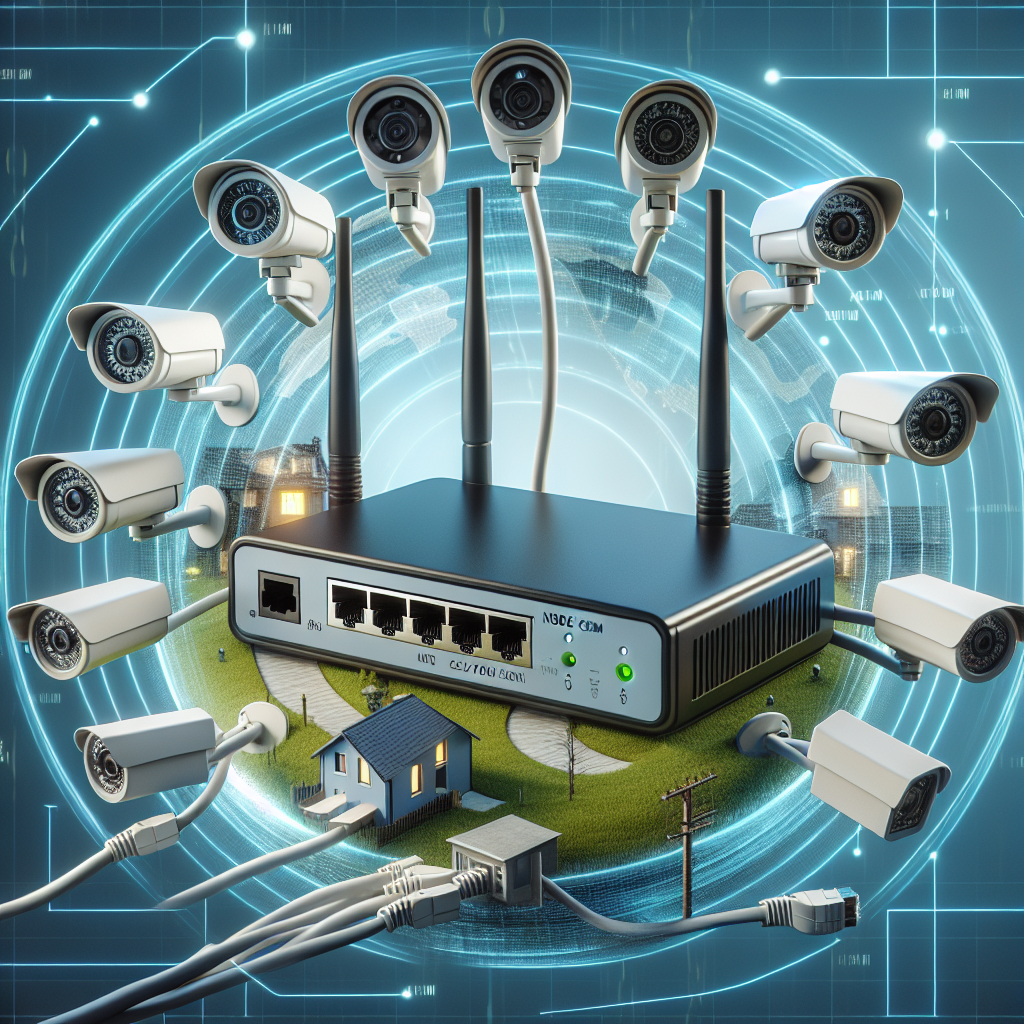Introduction
In today’s digital age, video surveillance systems have become crucial for ensuring the security of homes, businesses, and public spaces. One common question arises: can a modem be used with a video surveillance system? The short answer is: yes, a modem can indeed be integrated with video surveillance systems. This article will explore how modems can be utilized in such setups, the benefits of doing so, the requirements, and a step-by-step guide on how to achieve seamless integration.
Here’s a quick overview of the potential benefits when combining a modem with a video surveillance system:
| Benefit | Description |
|---|---|
| Remote Access | Allows you to view camera feeds from anywhere in the world. |
| Continuous Monitoring | Ensures the surveillance system is always online. |
| Automated Alerts | Receive instant notifications for any suspicious activity. |
| Data Transmission | Facilitates the transfer of surveillance footage to remote servers or cloud storage. |
Understanding the Basics
Before delving deeper, it is important to understand what a modem is and how it functions within a network. A modem is a device that modulates and demodulates signals for communication over telephone lines, cable systems, or satellite connections. Modems are the bridge between your local network and the wider internet.
Modem Types
There are various types of modems available, each with its own set of functionalities:
- DSL Modems: Uses telephone lines for internet connectivity.
- Cable Modems: Uses cable TV infrastructure for high-speed internet.
- Fiber Optic Modems: Uses fiber optic cables for extremely fast data connections.
- Satellite Modems: Uses satellites to provide internet access in remote areas.
How Modems Work with Video Surveillance Systems
Video surveillance systems consist of cameras, recording devices, and monitoring software. To view the footage remotely, the system needs internet connectivity, which is where the modem comes in. The modem connects to your internet service provider (ISP) and provides the surveillance system with access to the internet.
Steps to Connect a Modem with a Video Surveillance System
To use a modem with your video surveillance system, follow these steps:
- Check Compatibility: Ensure your video surveillance system is compatible with internet connectivity.
- Connect the DVR/NVR: Connect your Digital Video Recorder (DVR) or Network Video Recorder (NVR) to your modem using an Ethernet cable.
- Configure Network Settings: Access the DVR/NVR settings and configure the network settings to match your modem’s configuration.
- Set Up Port Forwarding: Configure port forwarding on your modem to allow external access to the surveillance system. This involves assigning external ports to route traffic to the internal IP address of the DVR/NVR.
- Enable Dynamic DNS: If your ISP assigns dynamic IP addresses, enable Dynamic DNS (DDNS) on the modem and DVR/NVR to ensure constant remote access.
Benefits of Using a Modem with a Video Surveillance System
Integrating a modem with your video surveillance system offers several advantages:
- Remote Monitoring: View live and recorded footage from anywhere using internet-enabled devices.
- Automatic Alerts: Receive push notifications or emails for motion detection or other alarms.
- Cloud Storage: Store footage on cloud services for added security and accessibility.
- Scalability: Easily add more cameras or upgrade your system without major reconfiguration.
- Enhanced Security: Implement additional firewall and encryption settings to secure your surveillance data.
Challenges and Considerations
While the benefits are substantial, there are also challenges and considerations to keep in mind:
- Bandwidth Usage: High-quality video streams can consume significant bandwidth. Ensure your internet plan can support the data load.
- Latency: Live video feeds can have delays depending on the internet speed and network configuration.
- Security Risks: Open ports for remote access can be potential security vulnerabilities. Use strong passwords and update firmware regularly.
Conclusion
In conclusion, using a modem with a video surveillance system is not only possible but beneficial for enhanced security, remote access, and scalability. By understanding the integration process and addressing potential challenges, you can effectively leverage internet connectivity to optimize your video surveillance system.

